Washington D.C. looks effortless from a distance, yet the rules on the ground can trip up even seasoned travelers.
Small choices, like where you step or what you carry, can trigger quick warnings or fines that spoil a day of sightseeing.
This guide breaks down the quirkiest regulations that catch visitors around the National Mall, the Capitol, and museum corridors.
Read on so your District adventures stay smooth, stress free, and focused on the scenery, not citations.
1. No Swimming or Wading in Monument Fountains

Water features across Washington D.C., especially near the National Mall, are protected spaces with strict no wading and no swimming rules. Even dipping toes to cool off can lead to enforcement by park rangers or police. The policy protects delicate surfaces and pumps, and it preserves respectful settings around memorials.
On hot days, the shimmering fountains look tempting, but signs and barriers are not suggestions. Stay on designated walkways and view the water from a distance. If you need to cool down, seek indoor museum lobbies or shaded lawns that allow resting without risk.
It helps to treat every official pool or fountain as part of a museum. Touch with your eyes, not your feet, and you will avoid unwanted attention. The city wants you to enjoy the view, just not from inside the basin.
2. You Can Be Fined for Feeding Wildlife

Washington D.C. treats wildlife management seriously, especially around the National Mall, the Tidal Basin, and Rock Creek Park. Feeding ducks, geese, or squirrels changes their behavior and can spark aggressive interactions near benches and paths. Regulations prohibit feeding to protect both animals and visitors.
Tourists sometimes toss a few crumbs without thinking, and flocks appear within seconds. Rangers and city staff patrol popular spots and educate on the impact. Handouts also create litter and water quality issues that ripple through nearby habitats.
Keep snacks tucked away and enjoy wildlife from a quiet distance. Trash goes in bins with lids to prevent scavenging. Your restraint helps maintain healthy ecosystems and a calm experience on D.C. trails and lawns.
3. You Must Follow Strict Rules About Sidewalk Vending
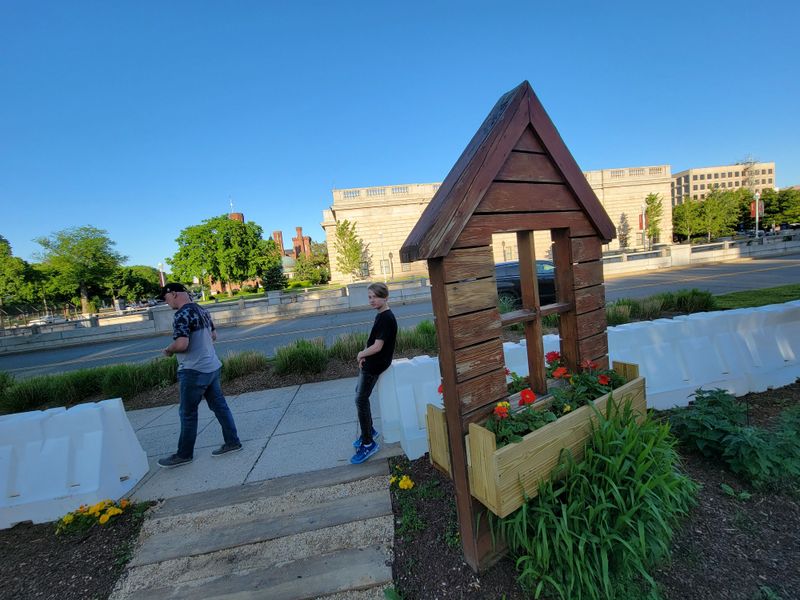
Sidewalk vending in Washington D.C. runs on permits tied to specific blocks and zones. Spontaneous selling without authorization gets shut down quickly, especially near the Mall and museum clusters. Enforcement teams check permits and exact locations rather than casual explanations.
Visitors sometimes bring small crafts or souvenirs to sell during festivals. Without paperwork, the setup will not last, and goods may be confiscated. The process aims to keep pedestrian flow safe and consistent across crowded corridors.
If you want to vend, research official guidelines before arriving in the District. The city publishes maps and criteria for legal spots. Follow those steps and your stall can fit smoothly into the urban rhythm.
4. Protests Require Clearance in Certain Zones
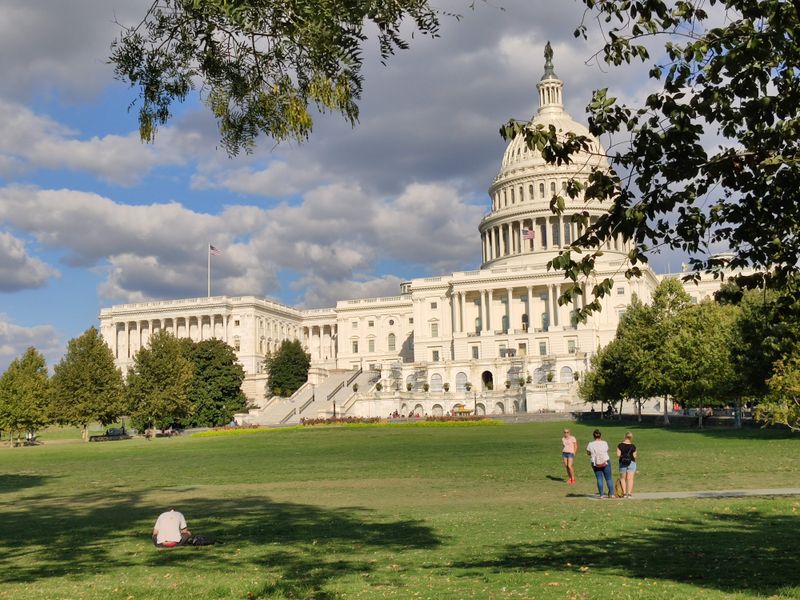
Washington D.C. welcomes expressive activity, yet proximity to federal buildings brings extra layers of rules. Some spaces require advance permits or designated areas, even for small groups. Officers look at location and time as much as the message itself.
Tourists who join spontaneous gatherings may not realize a nearby plaza or sidewalk falls under special restrictions. Marshals and park staff often guide participants to compliant zones to keep events moving. Clear communication helps avoid citations and ensures access for everyone.
Before attending a rally, check the event page and official agency guidance. Maps can show where to assemble and how to march legally. The right preparation lets your voice carry without logistical hurdles.
5. You Cannot Carry Open Containers in Public
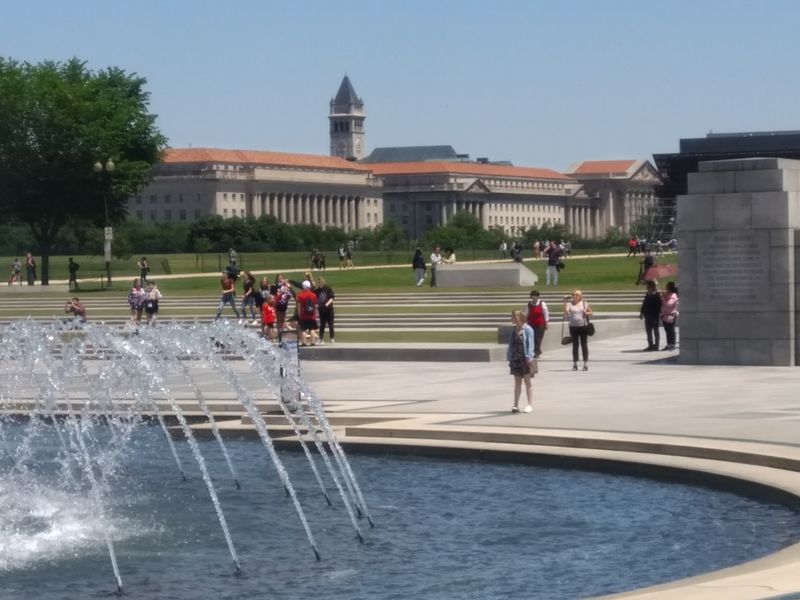
The District bans open containers in public spaces, including sidewalks, parks, and plazas. Visitors sometimes assume a casual stroll near monuments is fine, but rules are clear and widely enforced. Officers watch festival routes and busy corridors where confusion often rises.
Even discreet cups can draw attention in zones with heavy foot traffic. Signs appear around transit hubs and event entrances to reduce surprises. When in doubt, keep containers sealed and within private or permitted venues.
Plan your day so transitions happen indoors, not curbside. Respecting the policy keeps your itinerary smooth from museum to memorial. It also supports clean, orderly public spaces across Washington D.C.
6. Strict Leash Laws Apply Everywhere
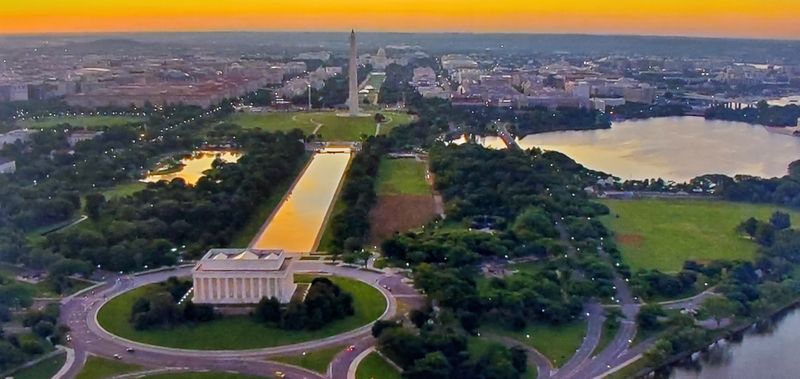
Pets are welcome around Washington D.C. landmarks, but leashes are required in public areas unless inside designated dog parks. Open lawns on the Mall can look like fetch heaven, yet off leash play risks citations. The rule protects wildlife, cyclists, and families navigating busy paths.
Bring a sturdy leash and confirm nearby dog runs before setting out. Water bowls and waste bags are easy to carry and keep outings stress free. Rangers appreciate quick compliance around memorial steps and museum lawns.
If your dog needs a sprint, choose official off leash zones rather than broad green fields. Clear boundaries make expectations simple. Your visit stays relaxed, and the District remains comfortable for everyone.
7. You Must Yield to Emergency Vehicles Immediately

Traffic flows tightly through Washington D.C., and emergency corridors depend on quick reactions. When lights and sirens approach, pull over and stop as soon as it is safe. Pedestrians should step clear of crosswalks to open space for turning vehicles.
Hesitation can create ripple delays on narrow avenues. Riders on bikes and scooters also need to yield without blocking curb cuts. The faster the path clears, the safer it is for patients and responders.
Plan for sudden stops when driving between museums or crossing near circles. Stay alert for cues from traffic officers who direct intersections during surges. Smooth cooperation keeps the city moving when seconds matter.
8. Electric Scooters Cannot Be Operated on Sidewalks in Many Areas

Electric scooter rules in Washington D.C. shift by neighborhood, and many downtown sidewalks are off limits. Enforcement teams monitor crowded blocks to protect pedestrians near museums and offices. Riders should use bike lanes or streets where permitted and follow posted signs.
It is easy to miss a small placard while sightseeing. Before starting a ride, scan for lane markings and geofenced alerts in rental apps. Sidewalk riding in restricted zones can lead to tickets or sudden slowdowns.
Plan routes that trace wide lanes and gentle traffic. Dismount and walk in dense plazas to keep everyone comfortable. With a little attention, scooters become a smooth way to connect the District’s highlights.
9. You Cannot Block or Loiter on the Capitol Grounds
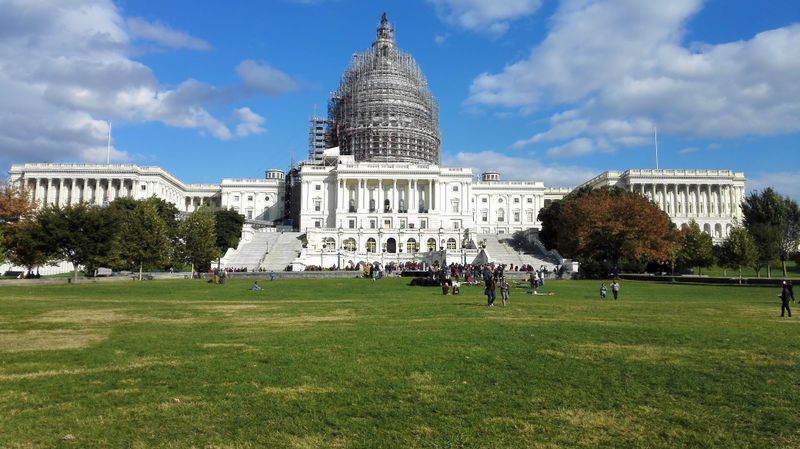
Capitol Grounds security has precise rules about where visitors can stand, sit, or linger. Steps, entrances, and certain walkways are controlled to keep traffic flowing and protect operations. Staff and officers may direct you to keep moving or to use designated viewing areas.
Photo ops are welcome from approved zones with clear sightlines. Do not drift into roped corridors or marked thresholds, even briefly. The boundaries change during official events, so follow posted guidance and verbal instructions.
Plan your shots from plazas and lawns with open space. If a route closes, choose an alternate path and return later. Respecting the rules keeps your Capitol visit efficient and worry free in Washington D.C.
Dear Reader: This page may contain affiliate links which may earn a commission if you click through and make a purchase. Our independent journalism is not influenced by any advertiser or commercial initiative unless it is clearly marked as sponsored content. As travel products change, please be sure to reconfirm all details and stay up to date with current events to ensure a safe and successful trip.